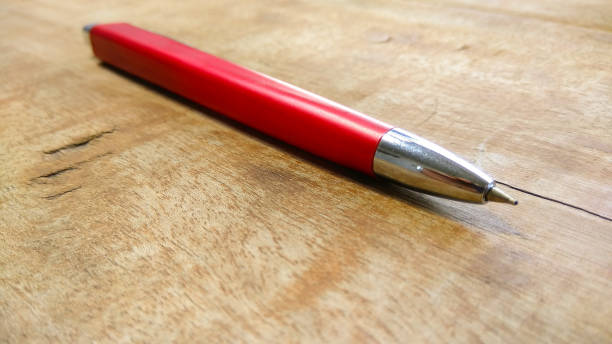Starting
Rugs were first created by Central Asian nomads more than 2,000 years ago. These people needed to be able to carry a form of comfort and warmth that they could use in the cold winters. As shepherds, they had an abundance of available wool. They created functional tools with a variety of patterns by weaving the yarn into rugs. These rugs were hung at the entrances to their tents and homes to keep out the wind and rain. They could also be placed on the ground for comfortable seating and sleeping areas. These nomads also used rugs to transport items. Rugmaking had become a highly developed art form by the 16 century. It was completed manually using a simple loom.
Spread the word
Rugs spread from Asia as they became more common. Crusaders acquired them from Eastern traders during the 11th Century. Rugs became more popular in Western Europe through Western contact with countries like Persia and Turkey. European royalty used rugs to decorate walls and tables. Rugs can be seen in paintings dating back as far as the 13 century. Rugs were once associated with Eastern royal houses, and as Western nobility became more wealthy, they began to use them in their homes. Europe began to create their rugs with distinct designs from those of their Asian counterparts. Europeans began to use rugs as decorative floor coverings rather than as seating or bedding.
In the 19th century, industrialization allowed for the mass production of rugs using machines. Handmade varieties survived and remained a valuable commodity. As Oriental rugs fell out of style, people started to use plain machine-made carpets. In recent decades, however, wood flooring has become more popular, and with it, the demand for beautiful area carpets.

